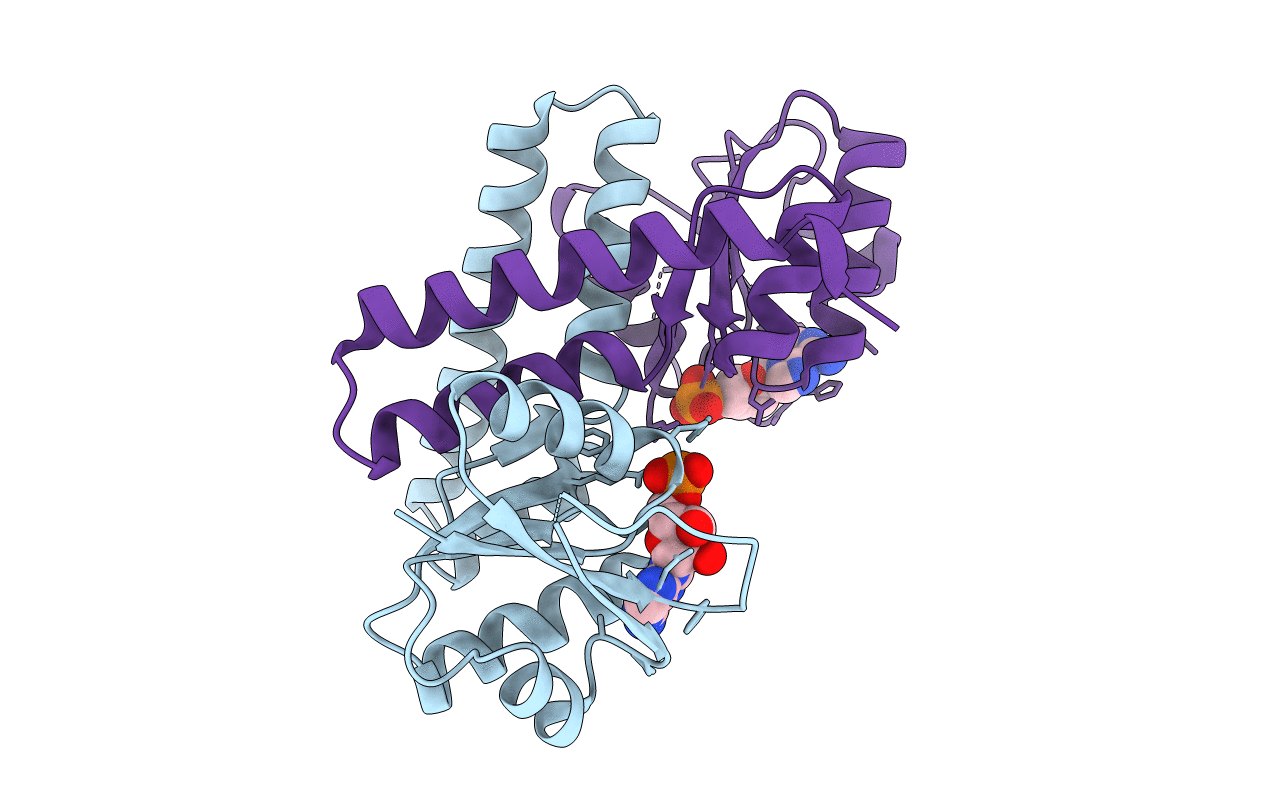
Deposition Date
2017-03-03
Release Date
2017-04-12
Last Version Date
2024-01-17
Entry Detail
Biological Source:
Source Organism:
Shewanella denitrificans OS217 (Taxon ID: 318161)
Host Organism:
Method Details:
Experimental Method:
Resolution:
3.09 Å
R-Value Free:
0.26
R-Value Work:
0.20
R-Value Observed:
0.20
Space Group:
P 41 21 2


